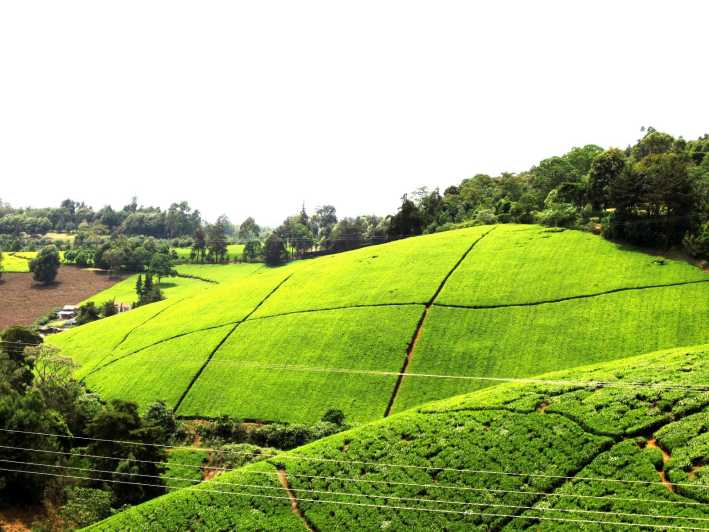Tea is a major cash crop in Kenya and leads in earning Kenya foreign exchange. Kenya Tea Development Authority (KTDA) manages the tea sector by providing production, processing, and marketing services. The sector is undergoing key reforms in order for the farmers to reap better benefits from the tea. In an executive order, Order No. 3 of 2021 dated Friday, March 12, 2021, the president ordered tea sector reforms to address challenges facing the sector. The reforms are led by the cabinet secretary, Peter Muya.
Climatic conditions of Tea zones in Kenya.
The optimum tea-growing condition is an average annual temperature of 18-20 degrees celsius, 4 hours of sunshine, and 2000-2200 mm of rainfall distributed evenly throughout the year. A well-drained acidic volcanic soil is an important aspect of growing tea (optimum pH-value 4.0-6.0). Tea requires an altitude of 1500-2000 meters above sea level.
19 counties form tea-growing zones; Nakuru, Narok, Kericho, Bomet, Nyamira, Kisii, Kakamega, Bungoma, Vihiga, Nandi, Elgeyo Marakwet, Trans-Nzoia, Kiambu, Murang’a, Nyeri, Kirinyaga, Embu, Tharaka-Nithi, and Meru. Its growing distribution makes it the most grown crop in landmass.
History of growing tea in Kenya.

The botanical name of the tea bush is Camellia Sinensis. The origin of tea is Southwest China, Myanmar, and North East India.
The Right brothers introduced tea in Limuru, Kenya in 1903 but its large-scale farming started in 1924. 1950 marked the creation of the Tea Board of Kenya to regulate tea. Small-scale tea farming started in 1954. In 1957, Ragati, Nyeri county hosted the first smallholder tea factory
1962, Kenya Tea Development Authority (KTDA) was established under the Agriculture act (cap 318) section
191(Legal Notice No.42). Later in 1999 a legal notice No.44 provided for the privatization of the Kenya Tea Development Authority to give rise to the Kenya Tea Development Agency. The agency accommodated small-scale farmers as shareholders.
The decreasing returns of tea to farmers led to an executive order by the president to address tea sector challenges.
- Tucker Carlson bio-age, family, wife, children, career.
- Julianne Moore age, husband, children, movies, books, net worth.
- Moses Kuria bio-age, education, family, origin, career.
- Who is Nikki Haley? family, education, career, and net worth.
- Meghan Markle bio-age, husband, children, career.
- Travis Kelce age, education, wife, children, height, weight.
- Shannon Ryan Bio, Wiki, Age, KTBC-7, Education, Family, Children, Husband, Net Worth
Executive order.
In his executive order No. 3 of 2021 on Friday 12th, March 2021 the president noted that;
- The returns on tea to farmers were diminishing
- That small scale farmers account for 69% of tea producation
- That tea sector contributes greatly to Kenya’s economy and there is compelling reasons for the government to intervene.
- KTDA management caused problems to tea sector
- In some instances, KTDA acted in contravention of the law.
Having noted the above, the president directed the Cabinet Secretary for Interior and Coordination of National Government, the Cabinet Secretary for Agriculture, Livestock, Fisheries and Co-operatives, the Attorney General, and the Tea Board of Kenya to lead in reforming the tea sector.
Reforms its sector.
In line with the executive order the Cabinet Secretary for Agriculture, Livestock, Fisheries and Co-operatives, Peter Muya came up with the following reforms;
- Farmers to freely elect board members for all tea factories
- The factories hold an annual general meeting and other meetings
- The quorum for the Board of tea factories is four
- Bay head elementary school history, enrolment, programs offered.
- Best Public High Schools in Kiambu County.
- List of best private primary schools in Kirinyaga County.
- Egerton university, fees, location, courses.
- A list of special secondary schools, and contacts.
- List of Best private secondary schools in Nairobi County.
- Kenya Medical Training College, courses, requirements.